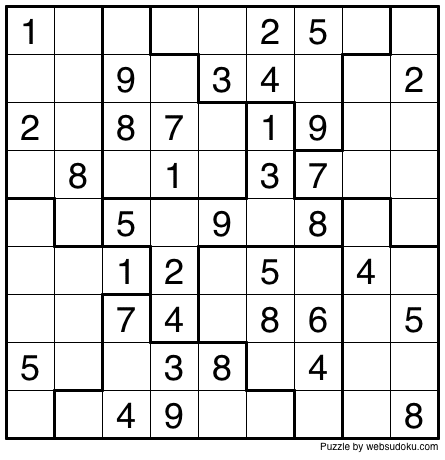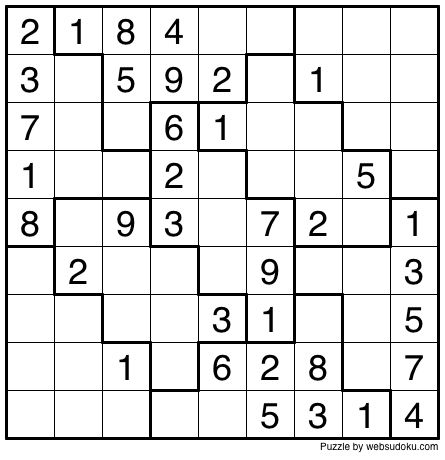

There are several variations of sudoku, including different grid sizes and the use of letters or symbols instead of numbers. You must use logic and eliminate possibilities to determine the correct digits for each empty cell.You cannot repeat a number in the same row, column, or region.

The goal of the game is to fill in the empty cells with the numbers 1 through 9, such that each row, column, and region contains all of the digits from 1 to 9.Some of the cells in the grid are already filled in with numbers, and the rest are empty.The game is played on a grid of 9x9 cells, divided into nine 3x3 regions.If you're curious about Sudoku and want to learn more, the following article is a great resource! So, this is the brief explanation of sudoku.

Sudoku is a great way to exercise your brain and improve your problem-solving skills. This process can be challenging, as there may be multiple possible solutions for any given cell, and it is up to you to determine which one is correct. To solve a sudoku puzzle, you must use logic and eliminate possibilities until you determine the correct digits for each empty cell. The grid is divided into nine smaller grids called "regions," and each region must also contain the digits 1 through 9. It is now published in mainstream Japanese periodicals,such as the Asahi Shimbun.Sudoku is a puzzle game that involves filling in a grid of numbers so that each column, row, and region contains all the digits from 1 to 9. In 1986,Nikoli introduced two innovations: the number of givens was restricted to no more than 32,and puzzles became "symmetrical" (meaning the givens were distributed in rotationally symmetric cells). The sudoku puzzles was introduced in Japan by Nikoli in the paper Monthly Nikolist in April 1984 as Suji wa dokushin ni kagiru which can be translated as "the digits must be single" or "the digits are limited to one occurrence." (In Japanese,"dokushin" means an "unmarried person".) At a later date,the name was abbreviated to Sudoku by Maki Kaji ,taking only the first kanji of compound words to form a shorter version. It is unclear if Garns was familiar with any of the French newspapers listed above.

He died in 1989 before getting a chance to see his creation as a worldwide phenomenon. Garns' name was always present on the list of contributors in issues of Dell Pencil Puzzles and Word Games that included Number Place,and was always absent from issues that did not. According to Will Shortz,the modern Sudoku was most likely designed anonymously by Howard Garns,a 74-year-old retired architect and freelance puzzle constructor from Indiana,and first published in 1979 by Dell Magazines as Number Place (the earliest known examples of modern Sudoku). On July 6,1886,Le Siècle's rival,La France,refined the puzzle so that it was almost a modern Sudoku. Number puzzles appeared in French newspapers in the late 19th century,It was not a Sudoku because it contained double-digit numbers and required arithmetic rather than logic to solve.
#Web sudoku easy free#
General info about free Sudoku online (Sudoku 9x9) and other games


 0 kommentar(er)
0 kommentar(er)
